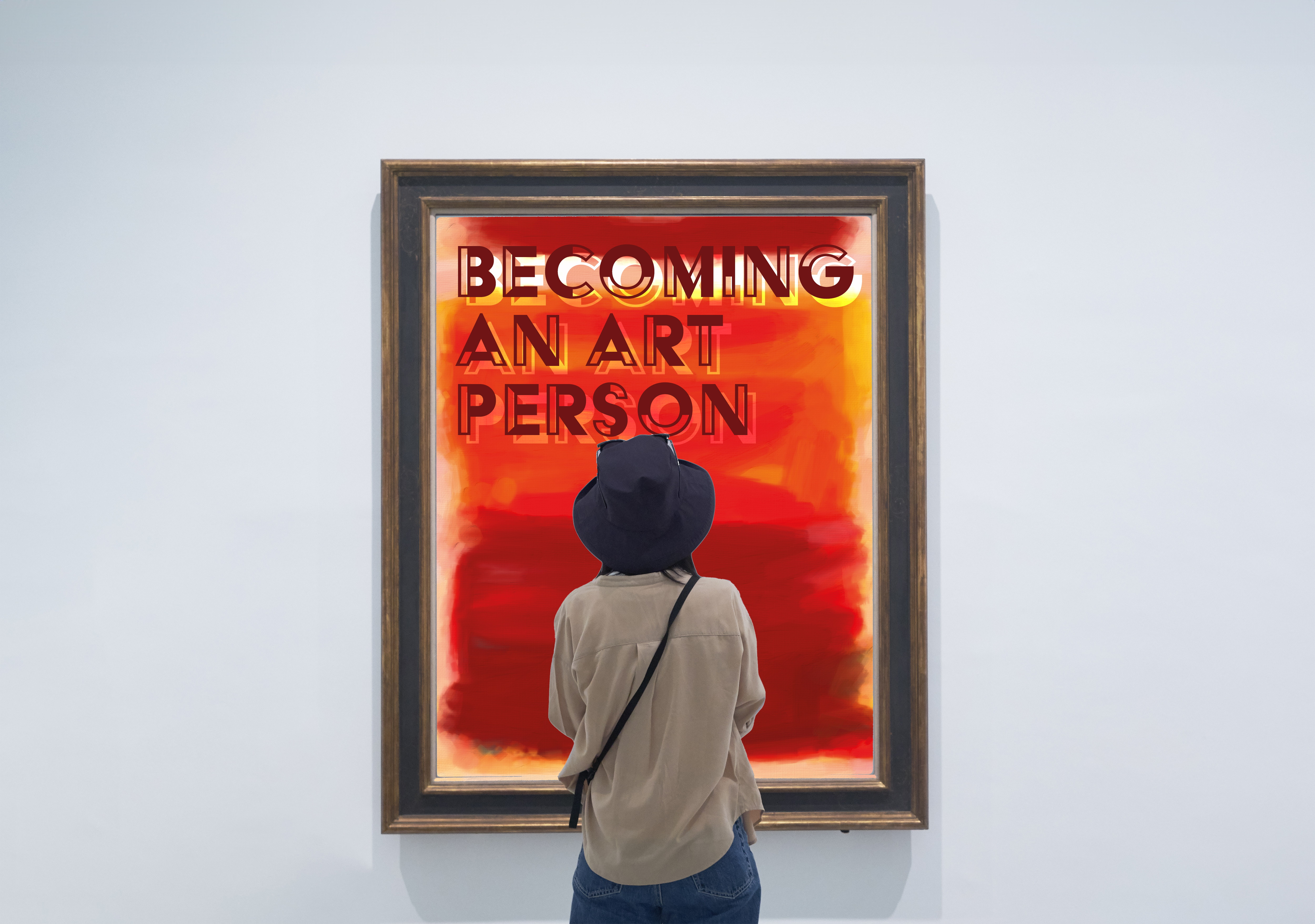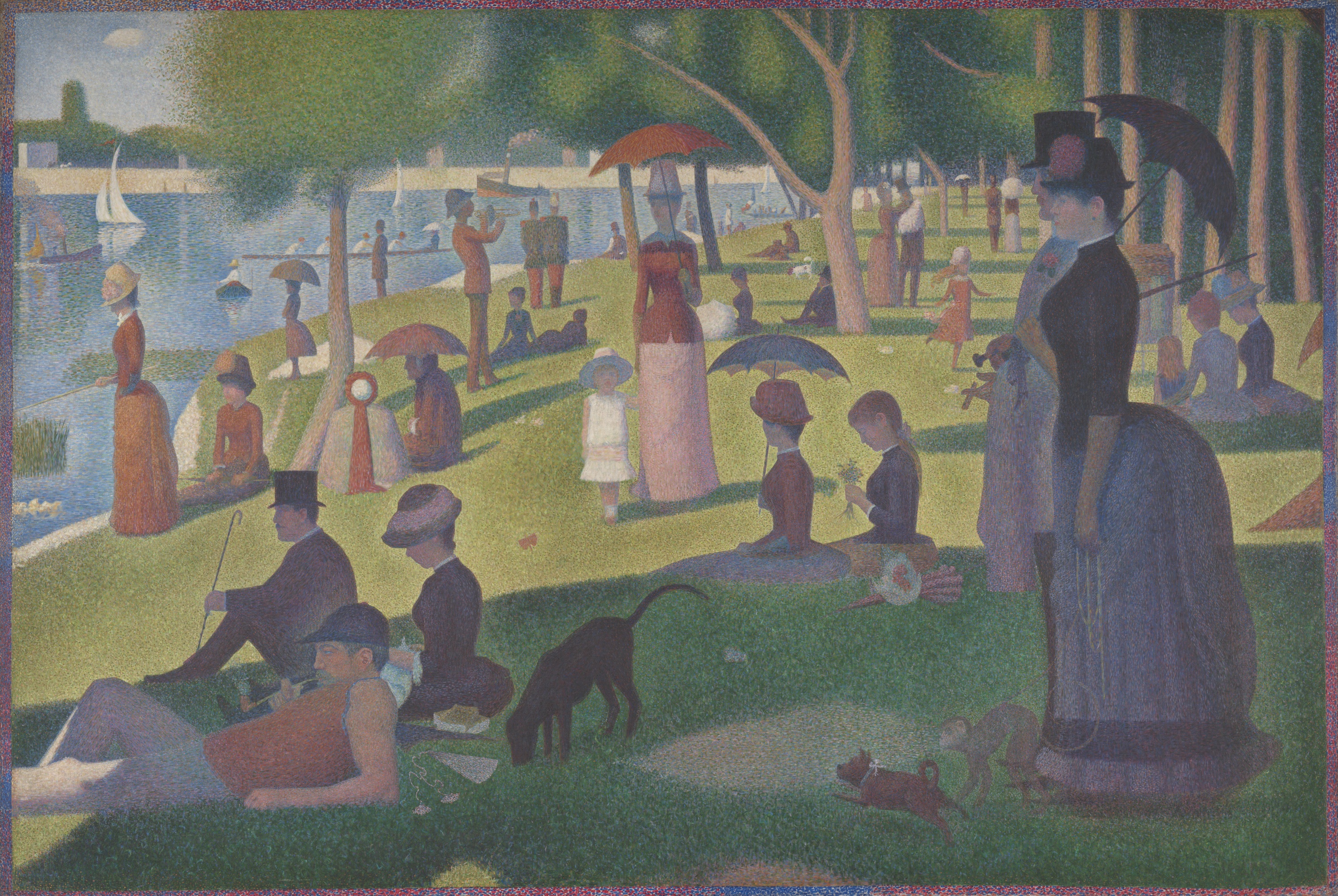
4 minute read
Community Voices: Becoming An Art Person
When I was the oldest undergrad in the University of Houston’s Creative Writing Program, the professors would rave about the Rothko Chapel. They advised us all to spend time there, just sitting, not even staring at the paintings, but absorbing them; letting them speak to us; letting the subtleties of the genius wash over us, calm us, inspire us. So I did. And I was bored to death.
Rothko’s monochromatic genius didn’t wash over me so much as pass over my head. I sat. I waited. I sighed. I walked away.
I’m not a complete philistine. I love music, poetry and literature. I wasn’t unfamiliar with the effect my professors, published authors all, were describing. I had the same thing wash over me reading Silence, the by Shūsaku Endó novel about Jesuits priests persecuted in Japan, which taught me not to try to hear God in the silence of a cathedral, but to just be still. But this thing sitting in front of me was just black.
Fast forward to a 2016 trip to Chicago with my son to visit colleges. He loves art and wanted to go to the Chicago Art Institute. I, like any good GenXer, love Ferris Bueller. We hopped on the train, walked a couple of blocks and, suddenly, there it was, guarded by two enormous stone lions, celebrating the Cubs first World Championship in 106 years with batting helmets.

The giant stone building was somehow stuffy and touristy, which always setsme on edge. As we climbed the stairs and walked through the impressionists my back started hurting, making me even poorer company. I mean, it was nice. The paintings were cool and there were a couple of amazing sculptures. I marveled more at the craftsmanship than the artistry. Then we turned a corner, walked down a little hall and there it was. The Ferris Bueller painting with the dots. George Seurat’s A Sunday on La Grande Jatte.
And I wept.

The bolt that went through me suddenly connected me to 1986, when I graduated high school. Memories, still photos of the people and things I’d loved then flooded me. I had to sit down. For the rest of the day it was one wave after another. When I saw Nighthawks, the Edward Hopper masterpiece, I understood what it meant to be a master of light. I swear, if you turned the lights out, you could read by the light coming from the diner in that painting. It’s just yellow ink! How does he do that?!?

Chagall, Picasso, Gaugin and a host of names I’d never heard. My fault. I know obscure writers. I know they are inspired by great art. But I didn’t feel it. Suddenly I did. And I do. It doesn’t have to be a masterpiece by a familiar painter. My wife is from Colombia and on visits there we’ve marveled at Botero, of course, but also lesser works, most recently at the Cartagena Museum of Modern art where works by Maria Belén Saez, Cecilia Herrera and Patricia Tavera took my breath away, though I have no connection, not even a teen 80s movie. Two years after my Colombian mother-in-law Leonor died, it was another connection that brought tears. The painting, a slightly cubist piece of a woman holding a Spanish guitar while wearing many shades of pink, was arresting on its own. But when I looked at the title, I began to believe, just a little, the ghost stories Leonor and my wife told me. El fantasma de Leonor. The Ghost of Leonor.
By then, art had come to mean a little more. My own writing has been inspired by it, especially an exhibition at LMFA, Towards a 21st Century Abstraction, featuring layer upon layer of erasure, suggesting how our memories are rewritten, edited and revised and how that process of shaping those stories shapes our very identity.
I’m writing this because my friend runs the LMFA. I’m writing it for her and for a connection that’s lasted 40 years now. But I’m also writing it for the connections her work and the work of all who appreciated great art has opened for me to myself.
But I still don’t understand Rothko.











